You can create texture with thicker paints and by using specialist mediums.
MEDIUMS FOR TEXTURE
- Gel mediums - a range of gels to add structure to your color - great for impasto techniques, adding body and extending color volume
- Modeling pastes - choose from three Professional formulas and two Basics ones, or create a custom effect by mixing them together. Use to sculpt, build, shape and add textures on all kinds of supports
- Ceramic Stucco - a fine-textured, cement finish with a matte sheen, similar to Italian fresco surfaces
- Blended Fibers - a fiberous, pulpy texture when dry, giving a fruit pulp/ripped textile fiber effect
- Natural Sand - gives a fine-grade granular texture that dries to a glossy beach sand appearance
- Resin Sand - gives a coarse-grade granular texture with a semi-gloss appearance
- Glass Beads - a 'bubbly' semi-gloss texture created by clear glass spheres
- White Flakes - a rough flakey/scaley texture created by opaque white acrylic flakes - use with transparent or translucent colors for the best effects
- Black Lava - a smooth speckled texture created by micro particles of black acrylic - mix with transparent or translucent colors for dark and dramatic lava-like effects
- Liquithick Additive - creates a spongey, cake-like aerated texture
- Tools - use tools to create surface texture - from specialized trowels and knives with ridges, to splatter brushes
HIGHLIGHTING TEXTURE
One you have texture you can sculpt it with color to create a host of different effects
- Metallic and fluoroscent effects - try brushing luminous and interference colors onto peaks or valleys of texture to create light and shade, or use Iridescent Medium
- Spray effects - the free-flowing diffused nature of Liquitex fine art Spray Paints make it ideal for highlighting texture. From ridged impasto strokes to fine-detailed stenciling, this takes a technique and makes it your own

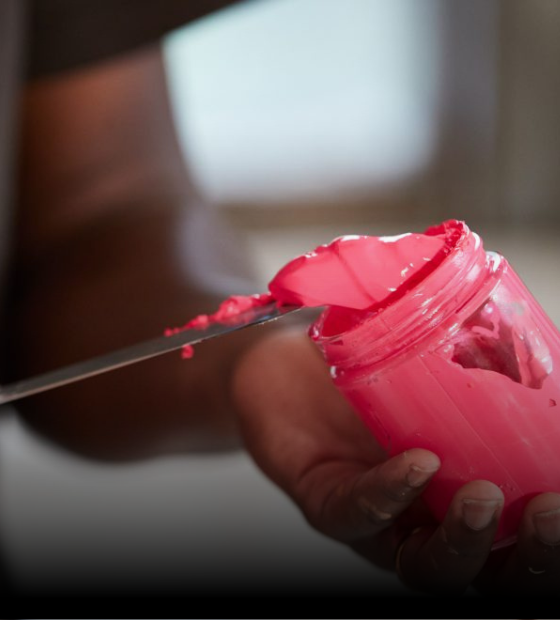
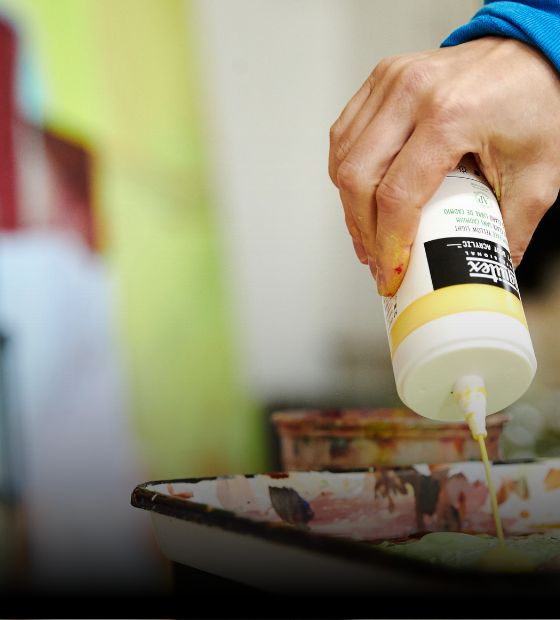
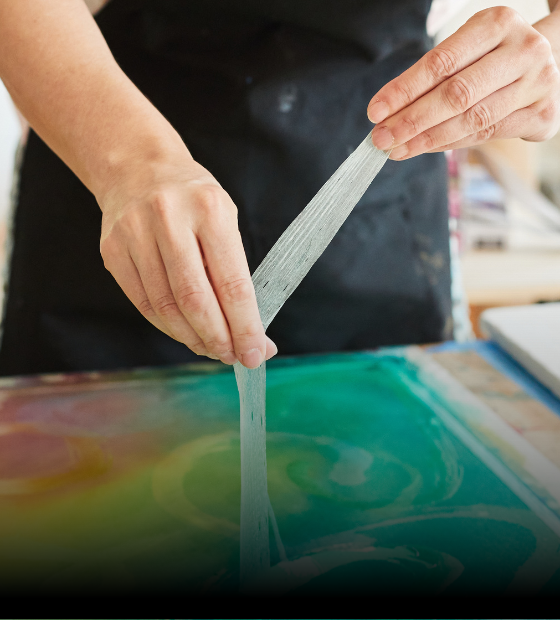
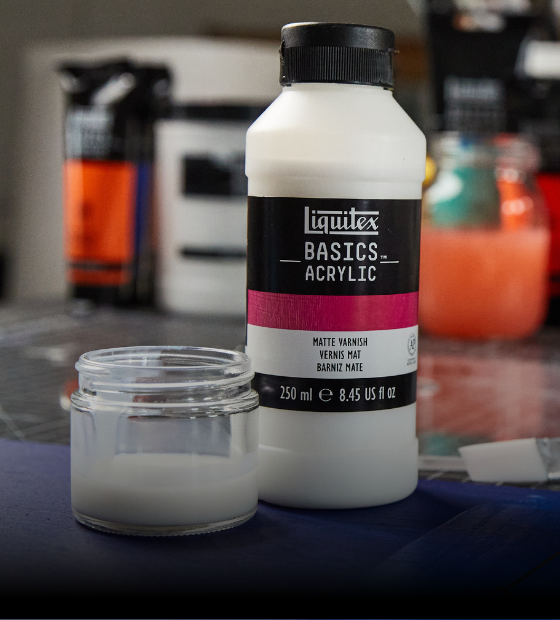
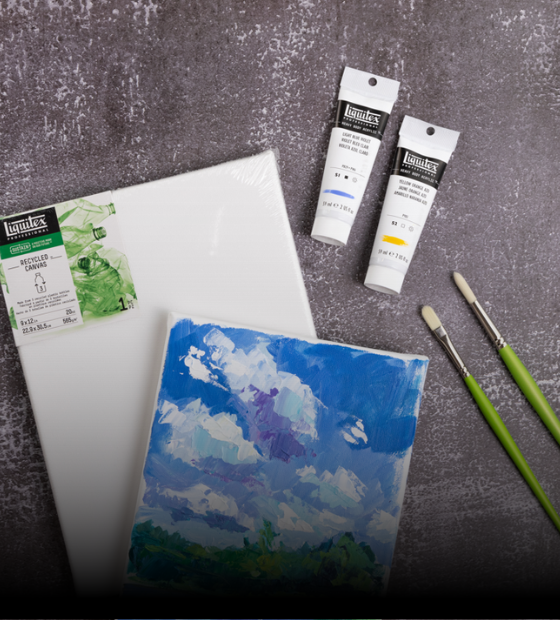
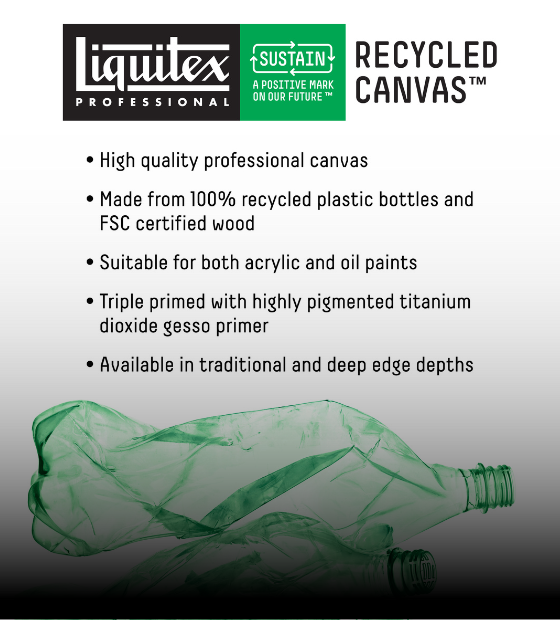
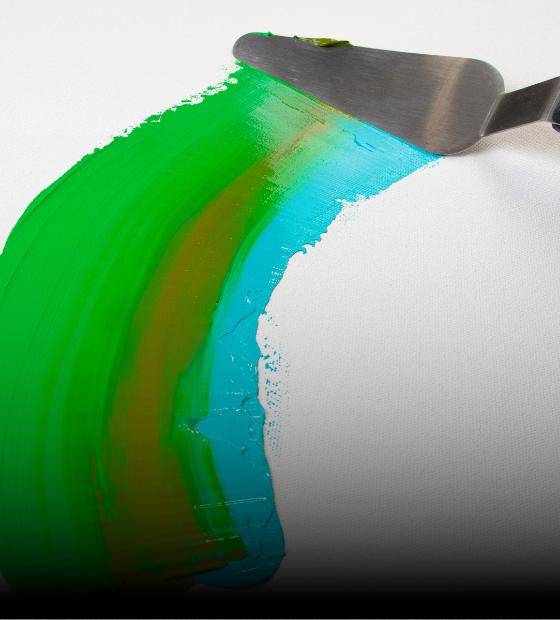
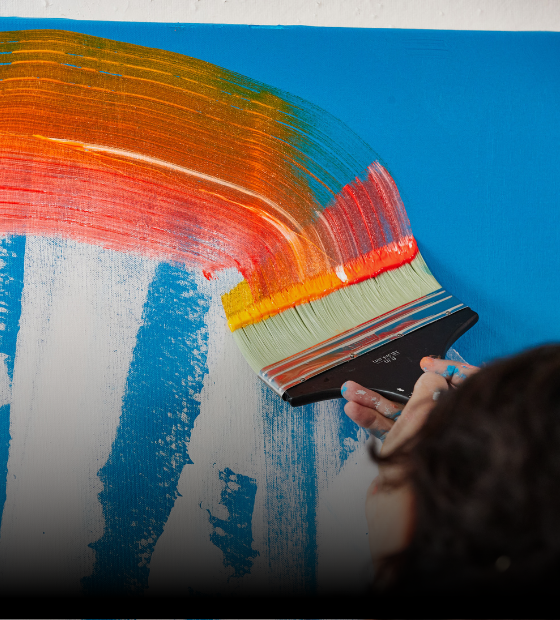

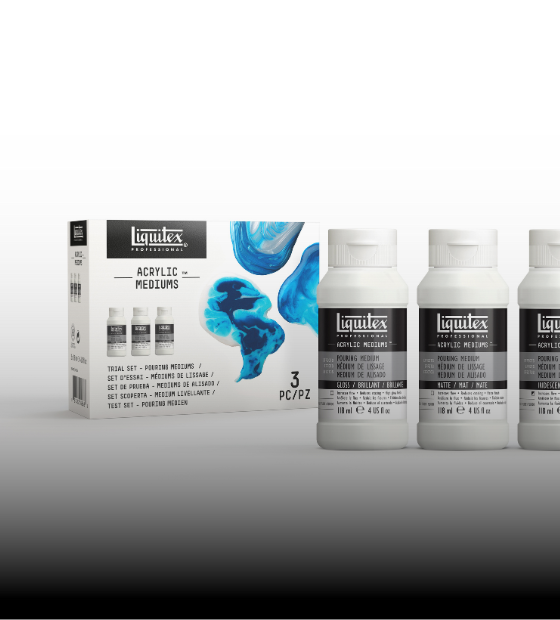
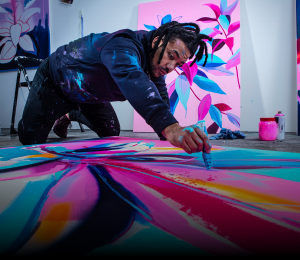
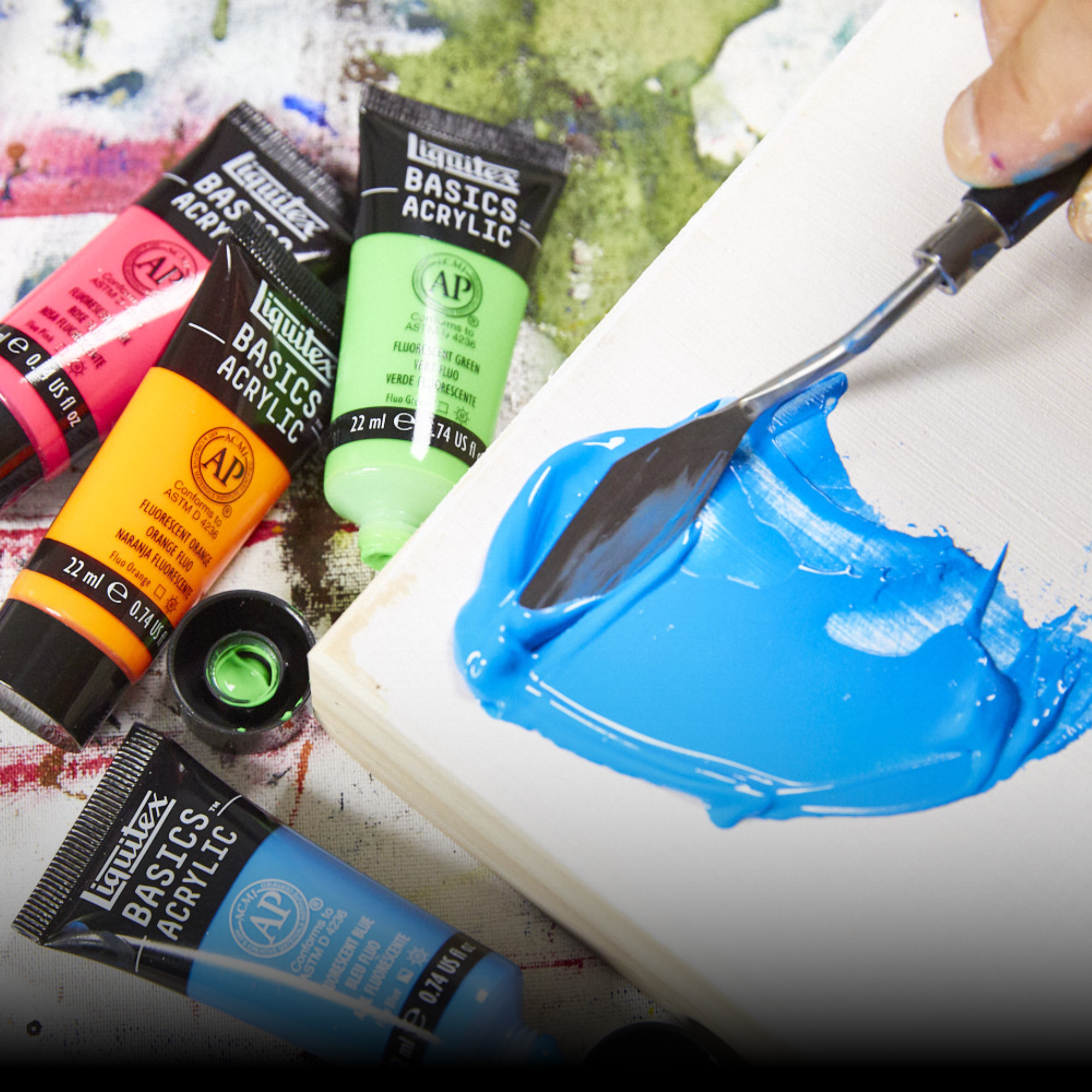
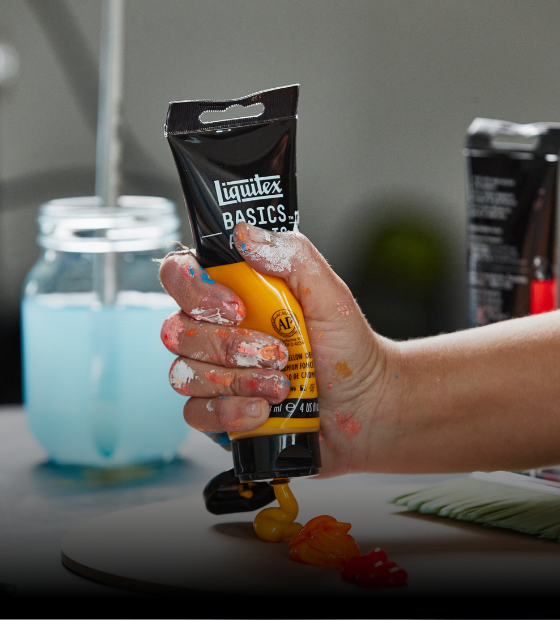
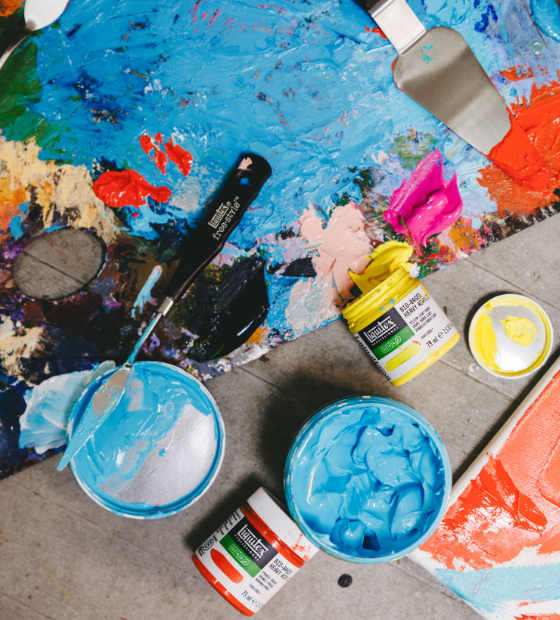
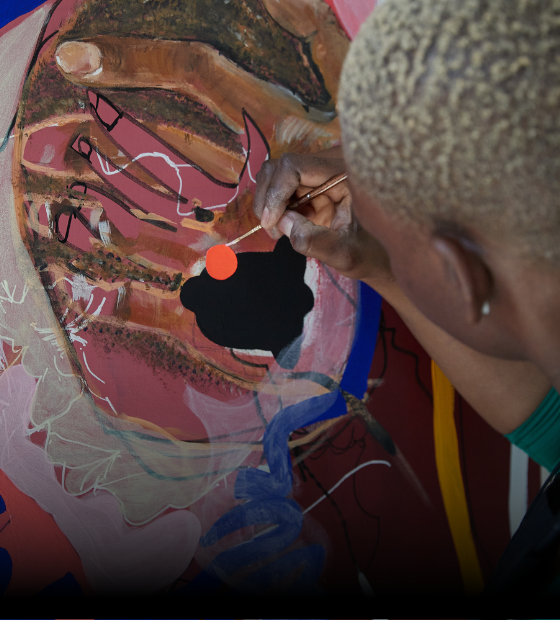
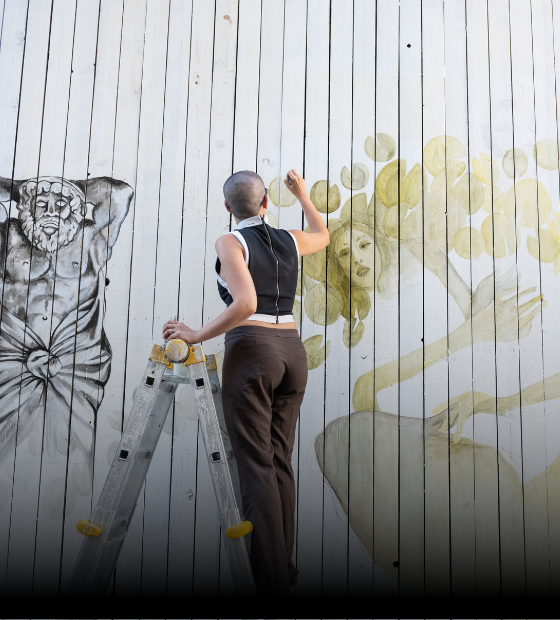
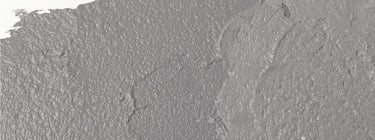
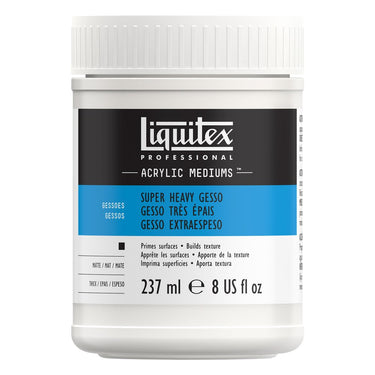
![LQX PRO MEDIUMS SUPER HEAVY GESSO [WEBSITE SWATCH]](http://www.liquitex.com/cdn/shop/files/72011_375x375_crop_center.jpg?v=1693188488)
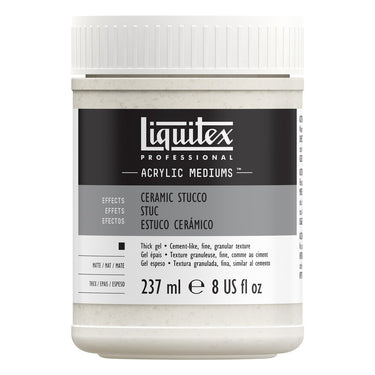
![LQX PRO MEDIUMS CERAMIC STUCCO [WEBSITE SWATCH]](http://www.liquitex.com/cdn/shop/files/72023_375x375_crop_center.jpg?v=1693188329)
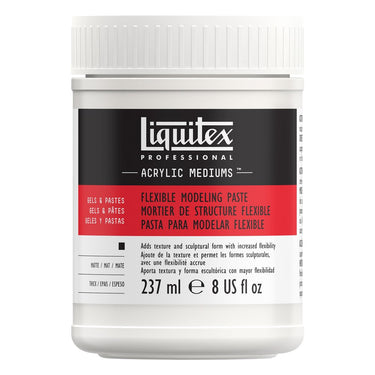
![LQX PRO MEDIUMS FLEXIBLE MODELING PASTE [WEBSITE SWATCH]](http://www.liquitex.com/cdn/shop/files/72041_375x375_crop_center.jpg?v=1693188667)
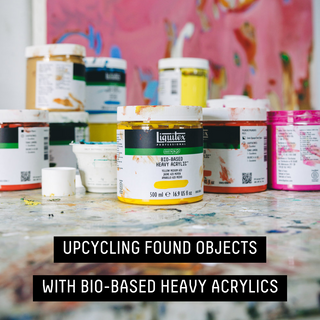


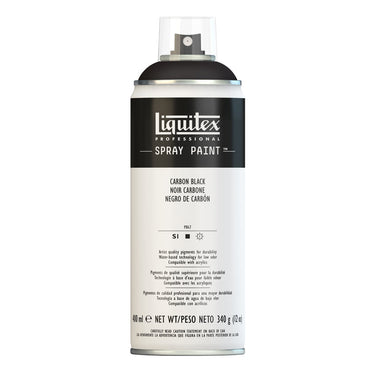

![LQX ACRYLIC MARKER SET 6X 2-4MM CLASSICS [CONTENTS] 887452001225](http://www.liquitex.com/cdn/shop/files/68762_375x375_crop_center.jpg?v=1707320720)
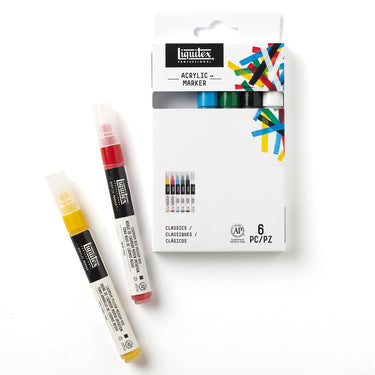
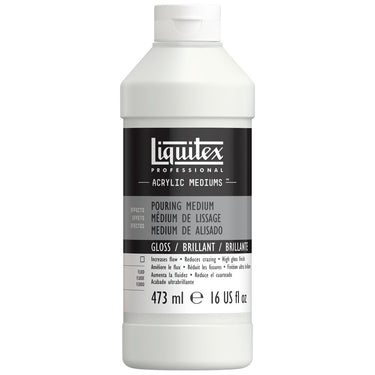
![LQX PRO MEDIUMS POURING MEDIUM [WEBSITE SWATCH]](http://www.liquitex.com/cdn/shop/files/72030_375x375_crop_center.jpg?v=1705607484)
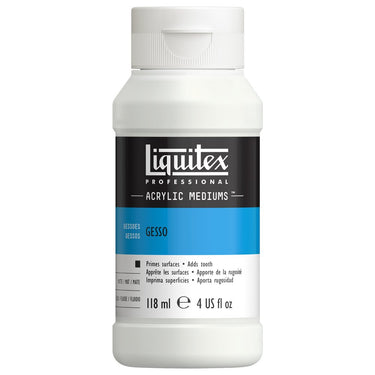
![LQX PRO MEDIUMS GESSO [WEBSITE SWATCH]](http://www.liquitex.com/cdn/shop/files/72009_375x375_crop_center.jpg?v=1693098231)
![LQX BASICS 6x118ML SET 887452059226 [SET WITH CONTENTS 2]](http://www.liquitex.com/cdn/shop/files/130398_375x375_crop_center.jpg?v=1707324060)
![LQX BASICS 6x118ML SET 887452059226 [FRONT]](http://www.liquitex.com/cdn/shop/files/130396_375x375_crop_center.jpg?v=1706797707)
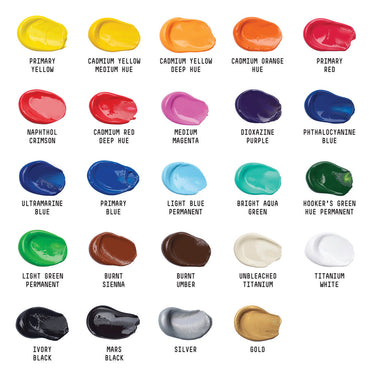
![LQX BASICS 24X22ML PAINT SET 887452028543 [FRONT]](http://www.liquitex.com/cdn/shop/files/80833_375x375_crop_center.jpg?v=1706780423)